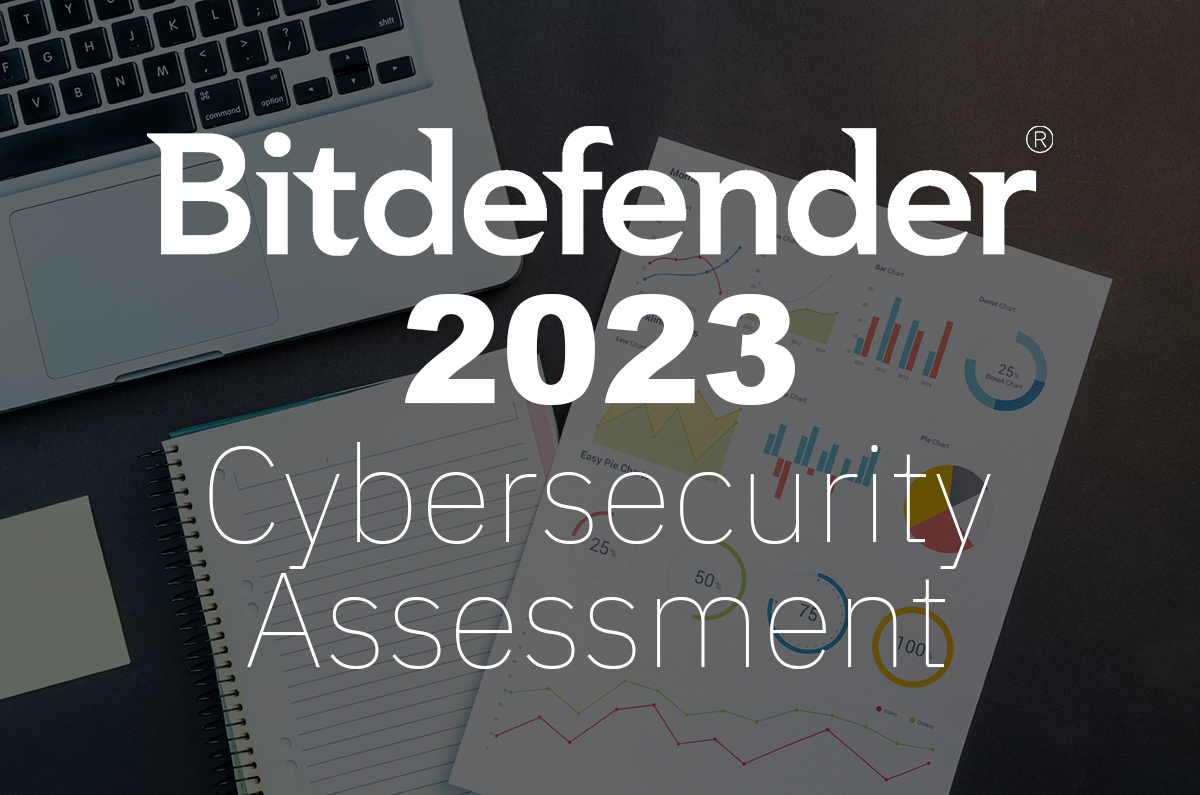Using Threat Intelligence to Defend Against Phishing and Fraud Campaigns

For the last decade, cybersecurity has become increasingly vital for organizations in every industry, no matter their size. With higher rates of digital transformation among businesses across all sectors, the opportunities for threat actors to infiltrate secure networks have multiplied exponentially.
Digital fraud schemes, identity theft plots, and phishing campaigns are becoming much more prevalent, with bad actors targeting both individuals on their personal accounts and organizations that exhibit obvious cybersecurity vulnerabilities. In response to the growing threats that businesses face, there’s a need for strong mobile threat detection and a flexible, adaptable threat response system.
One promising response to shoring up cybersecurity is threat intelligence. In this article, we take a look at how threat intelligence can help prevent email phishing, fraud campaigns, and other common forms of cyberattack.
8 Common Threats to Be Aware Of
As cybersecurity experts develop more sophisticated responses to cyber threats, bad actors continue to craft increasingly high-level forms of attacks. To understand how to use threat intelligence to prevent them, it is important to have a clear sense of which types of cyberattacks to defend against. Here are eight common types of threats to watch out for:
1. Phishing Attacks
Phishing attacks lead to the highest levels of financial loss for victims. In a phishing attack, the cyber attacker will trick a victim into sharing sensitive information. The attacker can then use this information to extort money, access restricted network areas, or enact other forms of exploitation.
2. Malware
Malware is malicious software that can infect mobile phones, laptops, or tablets. Cyber attackers spread malware by tricking victims into clicking on bad links, directing victim traffic to compromised web pages, or downloading infected documents.
Malware can include ransomware, spyware, and other varieties that allow bad actors to extort money or information in exchange for data.
3. Social Media Scams
Social media scams include friend requests from unfamiliar people or unusual messages from friends you know can lead to exploitation and malware. Bad actors can create bulk fake accounts that entice and coerce people into sharing personal information, or they can hack into real accounts, sending messages with bad links attached.
4. Credit Card Fraud
Bad actors may be able to access credit card information by installing spyware or malware, enacting successful phishing campaigns, or other forms of cyberattacks.
5. Loan Scams
Victims may be contacted via phone, text message, social media message, or email to apply for a special or personal loan. These loans often sound “too good to be true” and result in the victim giving away sensitive information or being extorted for money. This is why you want to be very careful when applying for personal loans and only do so from reputable financial institutions.
6. Gambling and Adult Message Schemes
Unsuspecting victims who follow promotional messages for explicit websites or gambling apps or pages and sign up for accounts on these sites may be opening themselves up to information or identity theft. The websites they sign up for may not be secure, so any private information shared there can be easily accessed by bad actors.
7. IT Impersonation
Emails that claim to include renewal notices for IT service subscriptions, bills for IT repairs and inspections, or notifications about new products and services can trick users into supplying personal information.
Users who fall for these schemes may provide credit card details, home addresses, information about tech products, and other sensitive details, or these emails may lead to malware and bad links.
8. Credential Stuffing
When bad actors have managed to access sensitive log-in information and other details from a previous successful hacking attempt, they can then use this information to access more accounts and restricted networks.
How To Use Threat Intelligence for Cybersecurity
Multifaceted and efficient, threat intelligence provides a necessary boost for the cybersecurity of any organization. Let’s look at what threat intelligence is and how it can help boost cybersecurity.
What is threat intelligence?
Threat intelligence refers to the data that has been assembled, assessed, and processed. Threat intelligence software allows security professionals to understand the patterns of behavior, motive, and targeted organizations that a bad actor may use. Cybersecurity experts can use threat intelligence to identify bad actors, assess cybersecurity risks, and deploy better security measures to prevent successful cyberattacks.
Security teams and IT experts can use cyber threat intelligence to gather data that allows them to make proactive choices about how to approach threats and security breaches.
Using this assembled information in a cybersecurity context, analysts can advise and recommend effective cybersecurity measures that address the core of cyberattack strategies.
How Threat Intelligence Prevents Fraud and Phishing
Threat intelligence for cybersecurity provides a number of avenues for threat identification, assessment, prevention, and mitigation. Here are some of the specific ways threat intelligence can defend your organization against fraud and phishing campaigns:
Automate Processes
Threat intelligence tools and software can be used to automate processes, freeing up human security professionals to make difficult qualitative decisions and focus on policy and strategy.
Powered by automated processes and artificial intelligence, these tools for automation can handle large quantities of data at once and can sift through mass amounts of irrelevant data to quickly identify the relevant factors, revealing helpful patterns of attack strategy, behavior, and motive.
Better Preventive Tools
Armed with more in-depth insight into cyber attack schemes and bad actor motivations, IT teams can hone their proactive preventive approach, utilizing threat intelligence software tools for attack prevention.
IT experts can benefit from quickly comprehensible data analysis charts that provide an easy-to-navigate picture of complicated data patterns. Data analysis and data gathering platforms can provide immediately readable overviews of large amounts of data.
Artificial Intelligence Analyses
Threat intelligence tools utilize artificial intelligence to provide in-depth threat analyses and data analyses. Artificial intelligence tools augmented with machine learning are better at predicting and preventing threats than traditional cybersecurity methods. By managing large amounts of data they can provide rapid responses that mitigate attacks before damages are incurred.
Shared Databases
Organizations can access shared databases of threat intelligence, creating an extensive storehouse of insight into who specific bad actors are, what their patterns of attack are like, and which organizations they might be likely to target next.
Utilizing a shared database can give organizations a deeper understanding of the cyber attackers who are likely to target their organizations, as well as providing specific information about how to identify particular bad actors.
Conclusion
Cyber threat intelligence platforms can allow in-house security teams to identify cyber attacker patterns, prevent attacks before they occur, and mitigate the effects of cyberattacks once they have taken place. Threat intelligence tools allow organizations to shore up their cybersecurity defenses, to protect against phishing and fraud efficiently and better.
Bitdefender now includes in its portfolio essential information about phishing and fraud campaigns, so users can gain vital insights into how to best defend themselves against these widely pervasive threats.
tags
Author
Bitdefender is a cybersecurity leader delivering best-in-class threat prevention, detection, and response solutions worldwide. Guardian over millions of consumer, enterprise, and government environments, Bitdefender is one of the industry’s most trusted experts for eliminating threats, protecting privacy, digital identity and data, and enabling cyber resilience. With deep investments in research and development, Bitdefender Labs discovers hundreds of new threats each minute and validates billions of threat queries daily. The company has pioneered breakthrough innovations in antimalware, IoT security, behavioral analytics, and artificial intelligence and its technology is licensed by more than 180 of the world’s most recognized technology brands. Founded in 2001, Bitdefender has customers in 170+ countries with offices around the world.
View all postsRight now Top posts
FOLLOW US ON SOCIAL MEDIA
SUBSCRIBE TO OUR NEWSLETTER
Don’t miss out on exclusive content and exciting announcements!
You might also like
Bookmarks










